Chive flowers, like miniature pom-poms waving in the breeze, are the cheerleaders of the herb garden. But are chive flowers edible?
Every part of the chive plant is edible, including the cute, round blossoms. You can add fresh chives flowers to your edible flowers list.
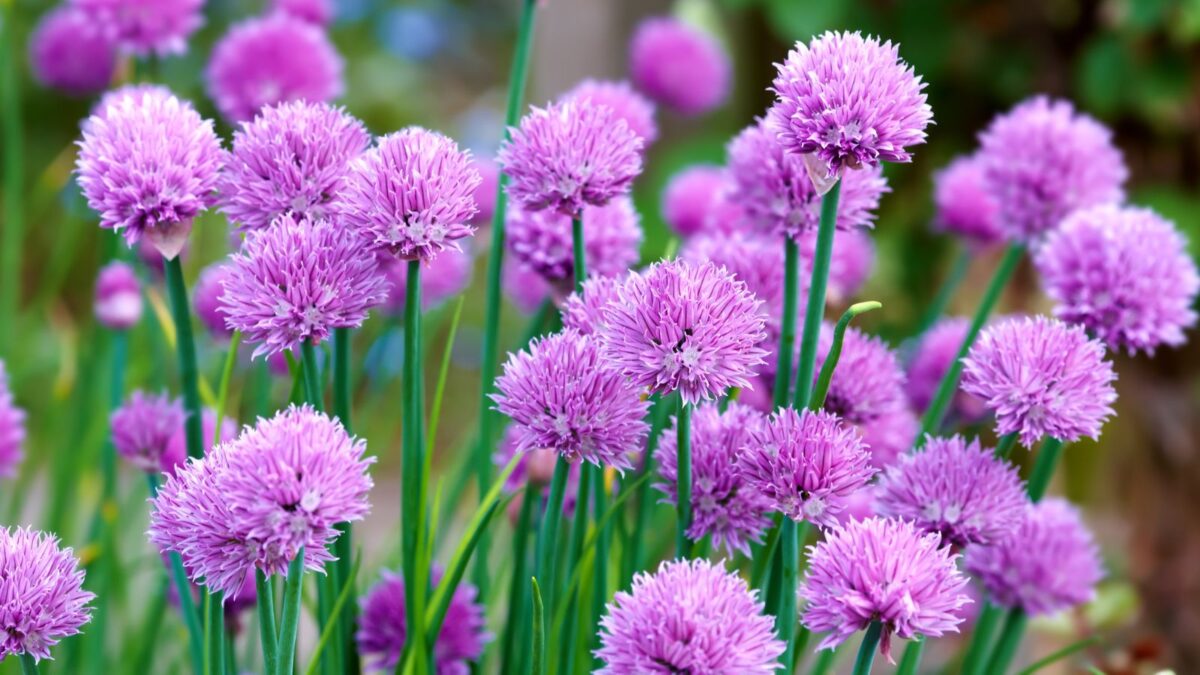
So… if you’ve been wondering if chive flowers are safe to eat, you had better believe it! Fresh chive flowers are a delectable food often considered a delicacy by famous chefs around the world. Chive flowers also nourish the body with a variety of vitamins, minerals, and other healing compounds.
Are Chive Flowers Edible?

Usually considered a culinary herb, the common chive blossoms can be added to all kinds of recipes, including salads, stews, soups, casseroles, omelets, egg dishes, pasta, and pickles. Common chives (Allium schoenoprasum), with their light onion flavor, or light garlic flavor if you happen to grow Chinese chives (Allium tuberosum), can also be chopped and added to savory breads and muffins.
I like to add chive leaves and blossoms and a dollop of sour cream to baked potatoes. Sprinkle on a little grated cheese and oh, what a treat! Chives, with a good squeeze of lemon juice, are also good on baked fish and pasta.
Chive flowers look beautiful when used as garnishes and even make unique cake decorations. Although chives are mild compared to onions and garlic, they add distinctive flavors to salad dressings, vinegars, butters, and cooking oils. The list of recipes and uses for chives in the kitchen goes on and on.
Chive flowers and leaves add a delicate onion flavor to foods. They also contain lots of vitamins and are used in herbal medicine along with onions, garlic, and leeks.
Chive flowers are not only edible but also very nutritious
Whether I am eating a creamy bowl of potato soup with chive blossoms, or adding the purple flowers to my potato salad, I like to get this delicate, onion-flavored herb into my diet on a regular basis.
Chives provide lots of nutrients for our bodies, including vitamin K, vitamin C, vitamin A, calcium, and potassium. They are also low in calories and contain zero fat.
Chives have many health benefits
Chives, herb garden favorites, are grown for their flavor and for medicinal purposes. Chives, like other members of the allium family, contain flavonoids, antioxidants, living enzymes, and other compounds that are known to fight cancer and boost immunity.
The flower heads, the flower base, the leaves, and the roots all contain healthy benefits that help fight inflammation, improve the digestive system, stabilize mood swings, improve memory, and much more.
How To Use Chive Flowers
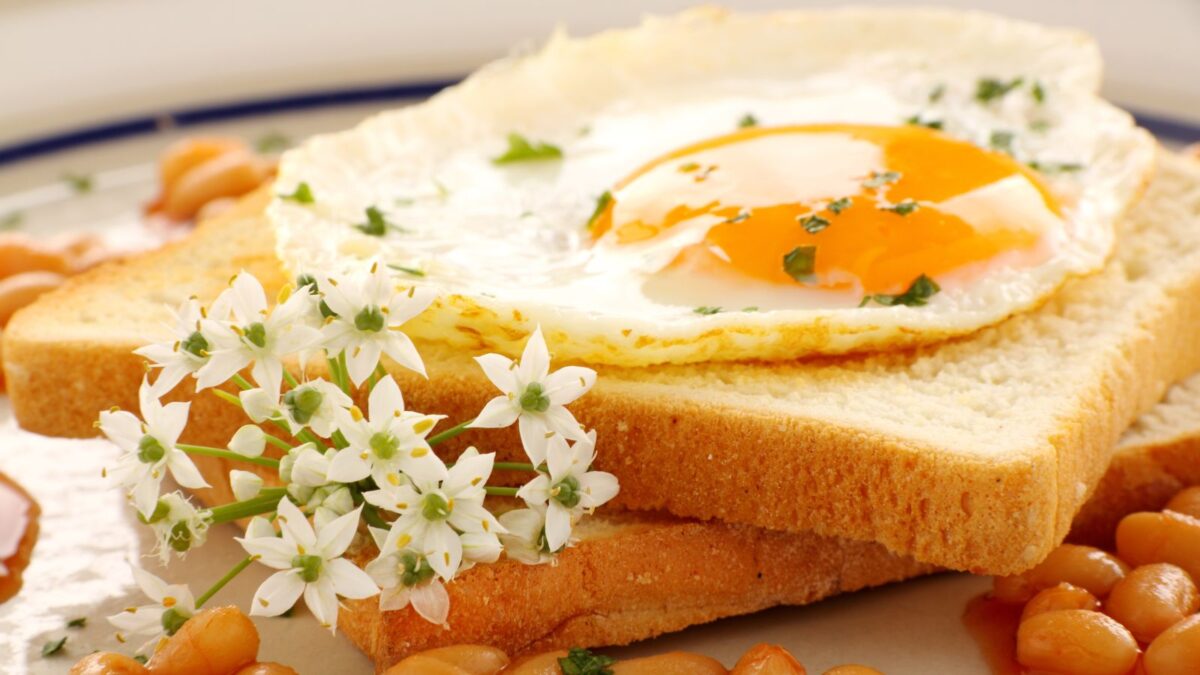
If you grow chives, you know they spread a lot if they like their spot. So, what can you do if you end up with a lot of chive flowers? Here are just a few ideas:
- add fresh chive flowers green salads
- dry them for later use
- garnish soups and savory dishes ( love adding garlic chives to my mashed potatoes for example!)
- add them to other herbs to make herb-flavored vinegar
- add them to your herbed oils (or just make chive oil)
- cut them with the stem and use them in dry flower bouquets
- make chive butter
- mix them into fresh cream cheese for a flavorful spread (I use onion chives for this, but garlic chives are good too!)
- leave the blossom heads on the plant for the bees and butterflies
- let them go to seed (they make tiny black seeds, shaped like a half-moon) so you can grow more plants: If you aren’t growing chives yet, get some chive seeds from Amazon.
Chive blossom vinegar recipe
Chive blossoms have a mild onion flavor with a hint of garlic and leek for good measure. One of my favorite ways to use chive flowers is in vinegar extract. This is an easy method to preserve the flavor of the chives (or most any edible herb) without a lot of trouble.
Ingredients:
- 1 cup of loosely packed chive flowers, washed and drained but not chopped
- 2 cups white vinegar
- a pint jar with a tight-fitting lid (or glass bottle)
Directions:
- Put chive flowers in the jar/bottle
- Pour the vinegar over the flowers
- Let it sit for a week or two in a cool, dry, dark place. The herbal vinegar is ready when the liquid turns pink or lavender (I like that: pink vinegar!).
- Strain out the flowers and any other plant material if desired. If the vinegar is to be stored for over a week, keep it in the refrigerator.
Use the chive flower vinegar in salad dressings or in any recipe calling for vinegar. Chive blossom vinegar also makes a unique, thoughtful gift when labeled and tied with a pretty ribbon.
Frequently asked questions about chives
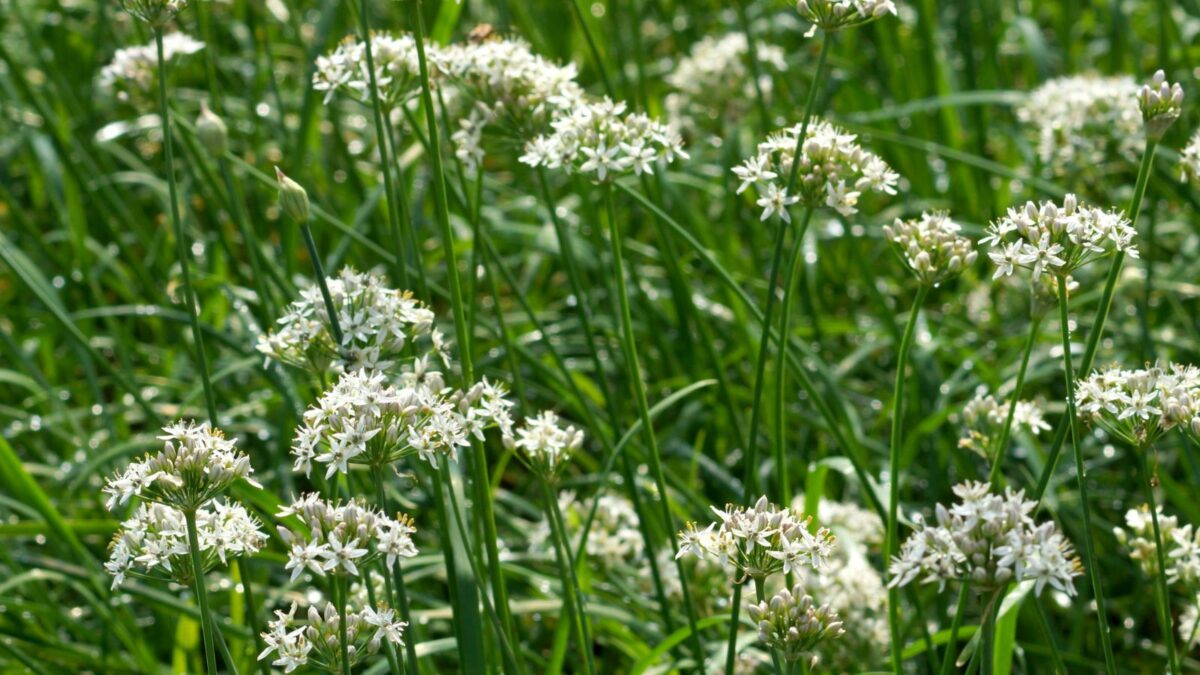
What color are the chive flowers?
Common chives have beautiful little purple flowers, while garlic chives make white blossoms. The onion chives have tubular leaves and the garlic ones have flat leaves.
How do you grow chives?
Chives can be grown outdoors, in your kitchen garden, or indoors in a pot. They are perennial plants, which means that once you get them growing, they will come back year after year. Chives prefer full sun but will tolerate light shade or dappled sunlight and start blooming in late springtime or early summer depending on your location.
Although they thrive in fertile, well-drained soil, chive plants will tolerate less than ideal conditions. If they really like where they are growing, they can take over a whole garden!
Chives can also be grown in pots on a sunny windowsill. Start seeds according to packet instructions. Use a good potting-soil mix for the best results. Make sure the container you pick has good drainage so roots don’t rot once the plants start growing. In a few weeks, you will have little plants emerging from the soil. Chives grown indoors will not have as many flowers as outdoor plants, but you may get a few. You can always use the green leaves in place of the flowers.
Learn more about growing chives here.
When to harvest chive flowers?
Chive flowers can be harvested from spring to fall in temperate regions and all year long in warmer areas where freezing temperatures don’t stop growth. The more you pick them, the faster they grow back!
How do you store chive flowers?
Fresh chive flowers are best used the same day they are picked but may be kept in a dry, airy place for a few days. Try wrapping the flowers in a moist napkin or a small hand towel and storing them in the refrigerator if you need them to last longer. Dried chives can be stored for up to a year in an air-tight container and not exposed to high heat or sunlight.
Can you dehydrate chive flowers?
Yes! Chives can be dried for winter use. Use a home dehydrator if one is available. Chive flowers can also be dehydrated on trays if the climate is dry and airy. When drying chives, be sure to get them to almost the crumbly point before storing them. Be sure to check the base of the chive flowers for dampness. Discard the chive flowers if there is any sign of mold or insect damage.
Can you eat chive flowers?
Absolutely! You can sprinkle them in salads, add them to herbs vinegar, and garnish soups with them.
Are chive plants readily available?
Yes, they are. Chives seeds can be purchased in stores and online and can be found in most nurseries, especially in the spring. Many gardeners divide their chives, which grow in clumps, every so often and are usually glad to share. Wherever you get your chive plants, they will give you lots of flavor for very little trouble or expense.
Should you deadhead chives?
Not necessarily, but if you want a larger crop, the more you harvest the blossoms, the more the plants will produce. It is good to harvest chive flowers regularly if you want the chive plants to keep producing the pom-pom-shaped blooms.
Instead of pulling the chive flowers off, cut them off with a sharp pair of kitchen shears or scissors. You can cut them off right below the pom-pom-shaped flower head, at the top of the flower stalk, or follow the stem down to the base of the stalk. The long flower stems of the chive blossoms make them wonderful additions to dried flower arrangements.
Chive plants rarely need fertilizing and will give you many years of flowers for very little trouble.
So now you don’t have to ask yourself: are chive flowers edible? You know they are and what to do with them. Enjoy adding these delicious treats to flavor your food.
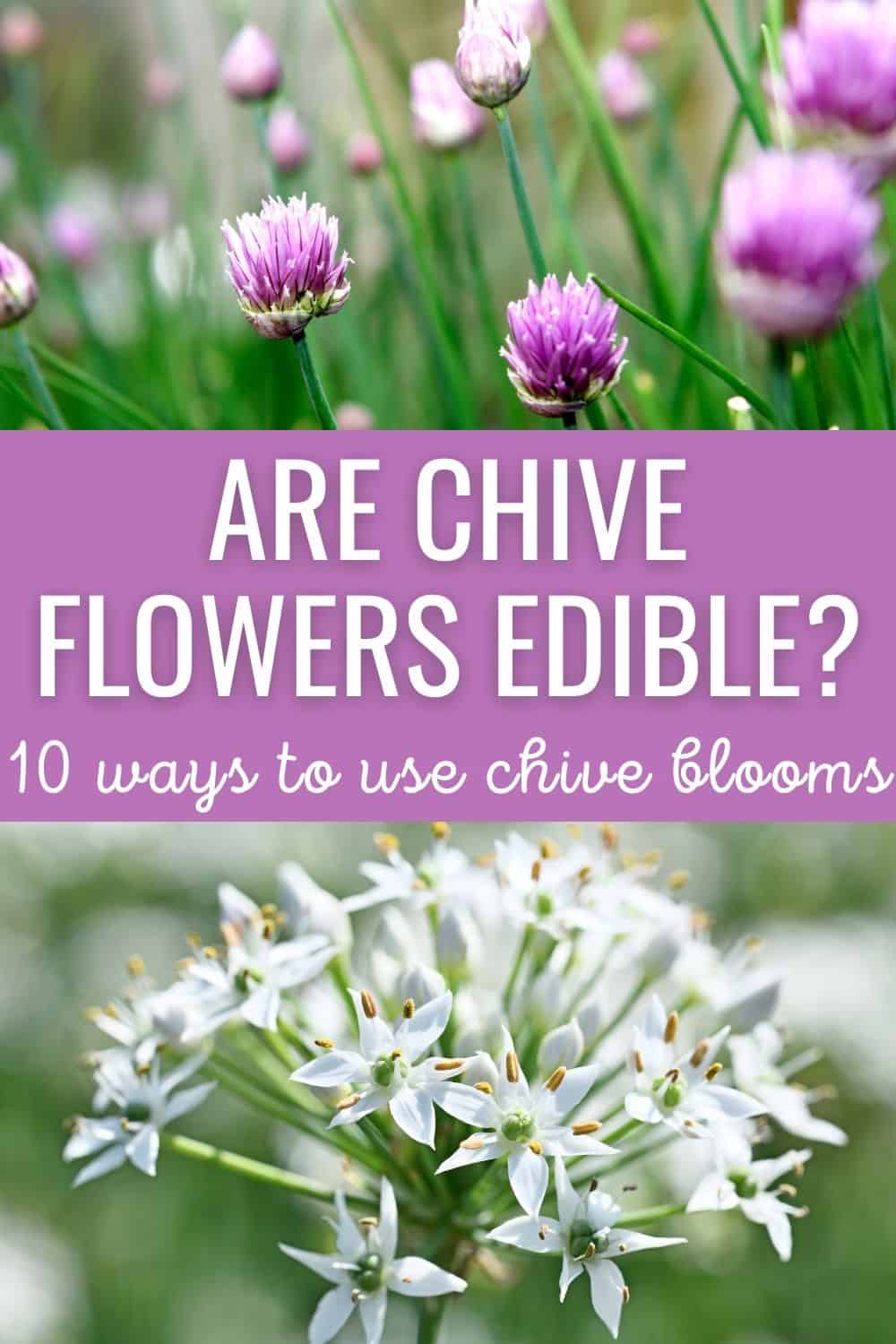

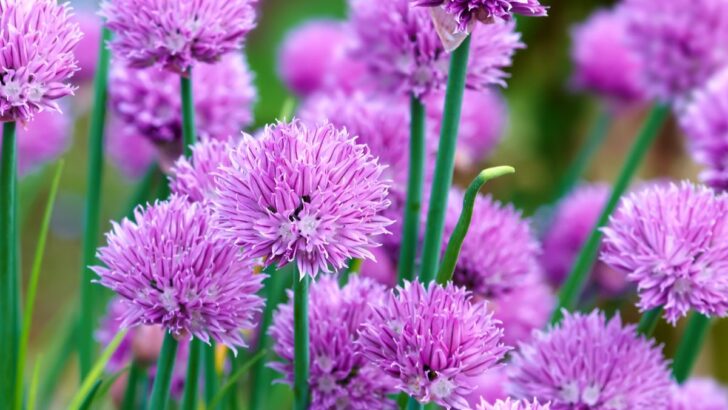

How To Grow Chives In 5 Easy Steps
Thursday 29th of December 2022
[…] fresh chives and add them to salads, sandwiches, and soups for flavor. Chive flowers are edible […]